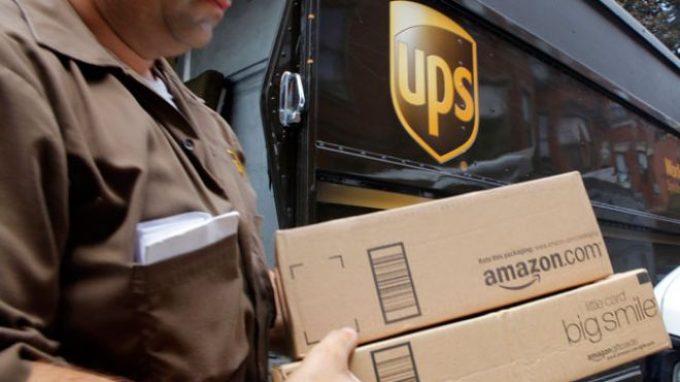Growth in 'patient-centric care' driving M&A in pharma supply chains
An explosion in M&A activity surrounding “patient-centric” approaches to healthcare is set to further reshape ...

Shippers celebrating the demise of peak residential delivery charges or the prospect of moderate parcel rate increases in 2020 had better take a second look: the devil is in the details.
Both UPS and FedEx announced they would not levy a residential delivery surcharge during the peak season – not a huge surprise, given that UPS had been the only major parcel carrier in the US to do so in 2018. FedEx did not charge extra for peak residential deliveries in ...
Volcanic disruption at Anchorage could hit transpacific airfreight operations
Macron calls for ‘suspension’ – CMA CGM's $20bn US investment in doubt
Forwarders stay cool as US 'liberation day' tariffs threaten 'global trade war'
Shippers snap up airfreight capacity to US ahead of tariff deadline
De minimis exemption on shipments from China to the US will end in May
Tighter EU import requirements proving 'a challenge' for forwarders
Looming Trump tariffs will create 'a bureaucratic monster' for Customs

Comment on this article